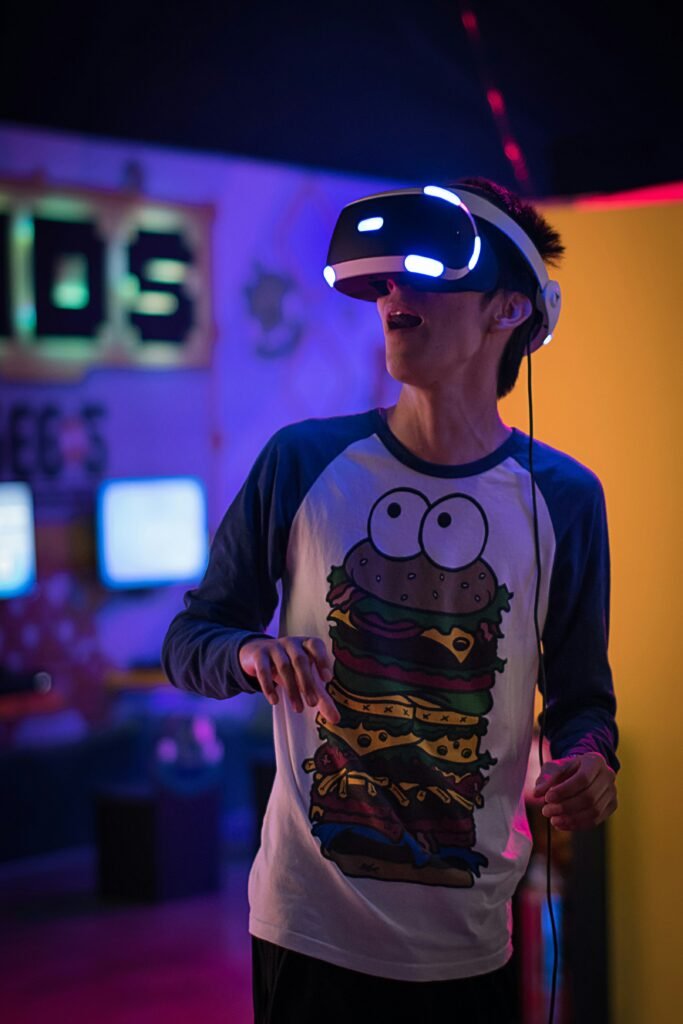
Understanding the Growing Landscape of Extended and Virtual Reality (XR and VR)
Extended Reality (XR) and Virtual Reality (VR) represent a transformative frontier in how users interact with digital and physical environments. XR is an encompassing term that integrates Augmented Reality (AR), Virtual Reality (VR), and Mixed Reality (MR). AR overlays digital content onto the real world, enhancing users’ perception without replacing their current environment. VR, on the other hand, immerses users completely in a computer-generated environment, often using headsets and sensory input devices. MR blends real and virtual worlds, enabling interactions with both digital and physical elements simultaneously.
The inception of these technologies dates back to the mid-20th century, with significant milestones such as the development of the Sensorama in the 1960s and the introduction of the Oculus Rift for VR in the 2010s. Technological advancements, including enhanced graphics processing units (GPUs), improved haptic feedback, and increased computational power, have accelerated the maturity and accessibility of XR and VR.
Currently, the XR and VR industry is characterized by dynamic growth and innovation. Key players such as Meta (formerly Facebook), Google, Microsoft, and HTC are at the forefront, driving technological advancements and consumer adoption. Noteworthy startups like Magic Leap and Varjo are also making significant strides in pushing the boundaries of what is possible with XR and VR.
The market potential for XR and VR is extensive, with various industries harnessing these solutions for multiple applications. The gaming and entertainment sectors are among the most prominent adopters, creating immersive and interactive experiences that captivate users. Beyond entertainment, healthcare utilizes XR and VR for simulation training, therapy, and surgical planning. The education sector benefits from enhanced learning environments that facilitate interactive and experiential learning. Other notable areas include real estate, manufacturing, and retail, where XR and VR technologies are revolutionizing user engagement and operational efficiencies.
With continual advancements and growing adoption, XR and VR are poised to redefine interactions across numerous sectors, heralding a new era of immersive digital experiences.
Recent Developments and Future Trends in XR and VR
As we venture deeper into the realms of extended reality (XR) and virtual reality (VR), recent developments and future trends indicate transformative shifts in both technology and user experience. Industry leaders have been at the forefront, continually pushing the boundaries with significant product releases and updates. For instance, the latest headsets from Oculus and HTC boast enhanced resolution, field-of-view, and reduced latency, resulting in unprecedented levels of immersion. Complementing these hardware advancements are innovations in controllers and sensors, improving the precision and natural feel of interactions within virtual environments.
On the software front, the integration of advanced graphic engines and artificial intelligence (AI) is heralding a new era of realism and interactivity. Cutting-edge AI algorithms are enabling more responsive and lifelike virtual characters, while powerful graphics engines are making highly detailed, photo-realistic worlds a reality. These advancements are not limited to entertainment and gaming; they are also expanding the horizons for applications in healthcare, education, and remote collaboration, offering new ways to immerse users in learning experiences and therapeutic interventions.
Emerging use cases are also setting new standards for user experiences. For example, the incorporation of XR in professional training programs is allowing for realistic simulations that improve skill acquisition without the risks associated with real-world practice. Additionally, VR-based social platforms are gaining traction, fostering virtual communities that transcend geographical barriers. Looking ahead, expert predictions suggest that the proliferation of 5G technology will play a pivotal role in the evolution of XR and VR, with its high-speed, low-latency connectivity enabling smoother, more dynamic experiences.
The rise of spatial computing is another trend to watch, as it blends the physical and digital worlds in ways that could redefine interactions across various industries. As businesses continue to explore and develop these technologies, new business models are emerging, focusing on subscription services, enterprise solutions, and consumer-based applications tailored to diverse needs and preferences. However, the rapid growth of XR and VR also brings to the forefront social and ethical considerations. Issues such as digital privacy, the potential psychological effects of prolonged VR use, and the quest for accessibility and inclusiveness are critical areas that demand ongoing attention and thoughtful solutions.